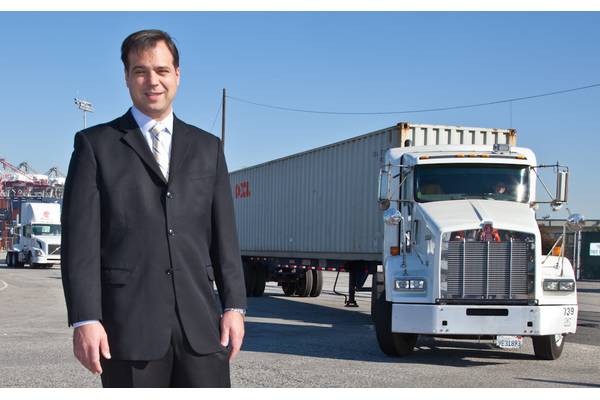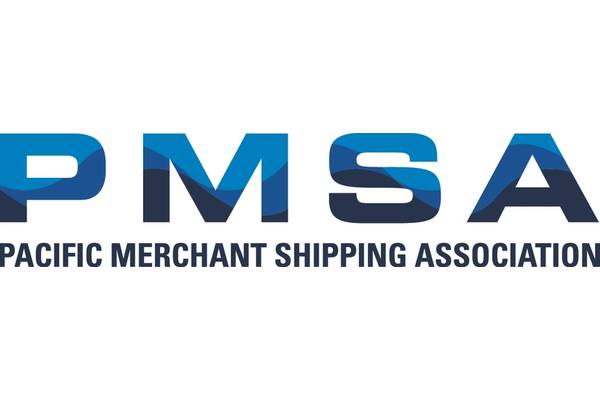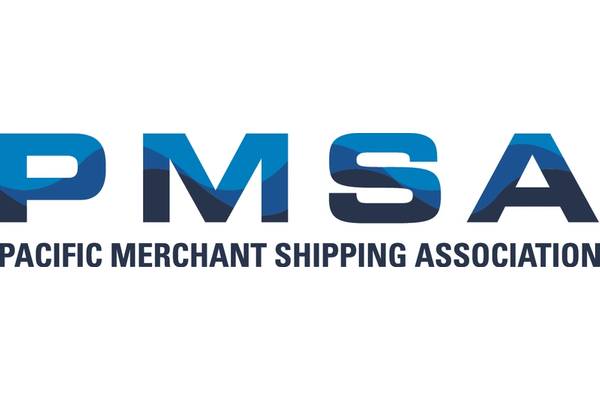You might call 2017 a banner year for California ports. San Pedro Bay, home to the nation's leading twin ports of Los Angeles and Long Beach exceeded their pre-recession peaks. Collectively, San Pedro Bay was up 7.2% from its 2006 peak. It took a decade to get there and while you wouldn't want that sort of annualized growth going forward, it did arguably mark the end of San Pedro Bay's recession dip. More importantly, growth looks to continue in 2018. As of the end of May, year to date container volumes are 3.7% higher over the same period in 2017. Unfortunately, that growth masks two weaknesses in San Pedro Bay.
First, a lot of the headlines that a person reads about record monthly volumes at one San Pedro Bay port often come at the expense of its neighbor. In May, the Port of Long Beach posted its best May ever, reporting 6% growth over the previous May. The Port of Los Angeles, which had a strong 2017, has not fared as well this year. Los Angeles' volumes were down 3.4% over the prior May. The sloshing of cargo back and forth between the twin ports does no one any good. It also creates a distraction when examining where these ports stand against other North American gateways. And that brings us to the second issue: market share.
Despite the growth last year and continued growth this year, market share for San Pedro Bay and California ports generally continues to slide, with other gateways capturing market share. Ports from Prince Rupert to Savannah all have their targets set on San Pedro Bay's share of discretionary cargo. While San Pedro Bay grew 7% from 2006 to 2017, the Port of Savannah grew 87% over the same time period. And before I am accused of using a much smaller port with greater potential for growth for comparison, it should be noted that New York/New Jersey grew 32% over that same time period.
Why does this matter? Well beyond the obvious foregone economic opportunities of jobs, tax revenue, increased regional economic activity, there are environmental consequences as well. The State of California has chosen to lead the nation in the reduction of greenhouse gases (GHGs). One of California's premises is that greening the economy will create jobs and increase investment within the state.
In its effort to slash GHG emissions, California policymakers have placed the maritime industry at the tip of the spear. Marine terminals are expected to eliminate all of their GHG emissions by 2030, a full 20 years ahead of California's expectations for other industries at a cost estimated of up to $35 billion. So, in the minds of California's policymakers it was not sufficient that the state was already leading the nation and the world on the issue – it felt that the maritime industry must be pushed further, harder, quicker and at greater cost.
But there is a risk in this boldness. An analysis prepared by Starcrest Consulting Group shows that diverting cargo from California ports to Gulf Coast and East Coast ports will increase GHG emissions on average 22%. Naturally, you would expect California policymakers eager to show that their environmental goals will create the green economy they claim would be wary of something like cargo diversion that would both undermine environmental progress and harm the economy. You would expect it, but you would be wrong. And in so many ways.
One of the competitive advantages that San Pedro Bay possesses is the nearly two billion square feet of industrial space in Southern California that can be used for logistics. That industrial space allows close access from the ports to transloading, cross-docking, and distribution activities. No other gateway can match the scale of Southern California facilities. So, naturally the State of California is adopting policies that will ensure that those logistics activities will remain competitive and support the one in three jobs related to goods movement in the State. Of course not.
Instead, the South Coast Air Quality Management District just gave the go ahead to develop regulations that will hold railyard operators and warehouse operators in Southern California responsible for the third-party trucks that call their facilities or potentially face financial penalties when they are unable to control the decisions of other companies.
But, wait, regulation is something you expect from government, right? It is not like California is investing in those other North American gateways. But it is. CalPERS, California's behemoth public employee pension fund, is an owner of Centerpoint Properties, a logistics developer investing in east coast gateways, methodically chipping away at Southern California's competitive advantage.
California's policies continue to obstruct progress in other ways. The Southern California International Gateway is a proposed near-dock railyard that would speed port cargo to inland destinations, improving San Pedro Bay's competitiveness. If built, it would even be a net environmental gain: reducing total emissions, reducing truck trips, and reducing congestion. Yet, after more than a decade, it still cannot receive its entitlements to build. While I write this, I learned that Prince Rupert announced the expansion of their facility from 1.2 million TEU to 1.8 million TEU with construction beginning in 12 months. This announcement comes even before their latest expansion is open. In angst I shouted, "Where is the EIR? Where is the appeal of the project? Where are the unending CEQA lawsuits?"
It would be understandable if California had chosen to be bold and lead the world in battling climate change and matched that boldness with actions that supported California's industries during the transition. But California's industries are at competitive risk because no one is following California's lead. In fact, the Canadian province of Ontario just announced that it is leaving the cap-and-trade system established by California, leaving Quebec as the only other participant.
Instead, California has taken action to invest in competing gateways, apply draconian regulation to the backbone of the supply chain, and prevent environmentally beneficial projects from moving forward. As a result, California's ports and San Pedro Bay, in particular, will need to deploy every resource to improve efficiency and productivity in the face of an indifferent State. Hopefully, the collective maritime industry will have the innovation to pull off growth in the Golden State.
Thomas A. Jelenić is Vice President for Pacific Merchant Shipping Association (PMSA). Mr. Jelenić works with policy makers, regulators, industry leaders and other entities to help ensure that sound science and industry issues are part of the discussion as California continues to call for the increased use of zero and near‐zero emissions equipment at California’s ports and throughout the goods movement industry. Jelenić has two decades of maritime industry experience, including more than 14 years in environmental and planning positions at the Port of Long Beach, the nation’s second busiest seaport, and senior management roles in private consulting and logistics development.
This article first appeared in the May/June edition of Maritime Logistics Professional magazine. Access the full edition of MLPro by clicking HERE.





